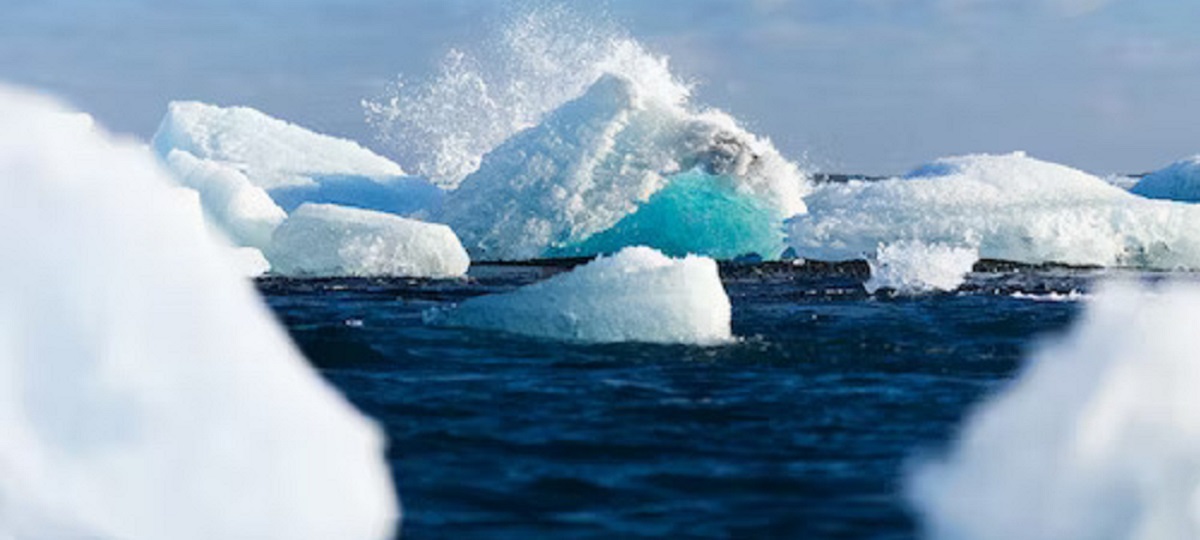In the ever-evolving landscape of weight loss strategies, the Alpine ice hack has recently gained attention for its unique and intriguing approach to shedding unwanted pounds. This unconventional method involves exposing the body to extreme cold temperatures, typically through the consumption of Alpine ice. While the concept may seem chilling at first glance, proponents of the Alpine ice hack claim that it can kickstart the metabolism, increase calorie burning, and ultimately contribute to weight loss. In this article, we will delve into the science behind the Alpine ice hack, its potential benefits, and the considerations one should keep in mind before embarking on this chilly weight loss journey.
Understanding the Alpine Ice Hack
The Alpine ice hack revolves around the idea that exposing the body to extreme cold can stimulate certain physiological responses that may lead to weight loss. This concept is rooted in the principles of cold thermogenesis, a process in which the body generates heat to maintain its core temperature when exposed to cold conditions. Proponents of the Alpine ice hack argue that this increased heat production results in the burning of more calories, ultimately aiding in weight loss.
Key Mechanisms of Action
- Caloric Expenditure: When the body is exposed to cold temperatures, it activates thermogenesis, a process that generates heat to maintain a stable internal temperature. This requires the burning of calories, as energy is needed to fuel the heat-producing reactions. The proponents of the Alpine ice hack suggest that this increased caloric expenditure can contribute to weight loss, especially when combined with a healthy diet and regular exercise.
- Activation of Brown Adipose Tissue (BAT): Brown adipose tissue, or brown fat, is a type of fat that is more metabolically active than white fat, which is the predominant fat in the body. Cold exposure has been shown to activate brown fat, leading to the burning of calories to generate heat. The Alpine ice hack leverages this physiological response, aiming to boost the calorie-burning capacity of brown fat and, in turn, promote weight loss.
- Hormonal Changes: Cold exposure can trigger changes in hormone levels, such as an increase in adrenaline and noradrenaline. These hormones play a role in the mobilization of stored energy, promoting the breakdown of fats for fuel. Proponents of the Alpine ice hack argue that these hormonal changes can contribute to fat loss and improved body composition.
Potential Benefits of the Alpine Ice Hack
- Metabolic Boost: One of the primary claims of the Alpine ice hack is its ability to boost the metabolism. By increasing caloric expenditure through thermogenesis, proponents argue that the body becomes more efficient at burning calories, potentially leading to weight loss over time.
- Fat Loss: The activation of brown adipose tissue and the associated hormonal changes are believed to target fat stores in the body. Advocates suggest that regular exposure to cold temperatures, such as through the consumption of Alpine ice, can lead to a reduction in body fat.
- Improved Insulin Sensitivity: Some studies suggest that cold exposure may improve insulin sensitivity, which is crucial for regulating blood sugar levels. Improved insulin sensitivity can potentially contribute to better metabolic health and weight management.
Considerations and Precautions
- Individual Variability: It’s essential to recognize that individuals may respond differently to cold exposure. Factors such as age, body composition, and overall health can influence how the body reacts to extreme cold. Before embarking on the Alpine ice hack, individuals should consider their own tolerance to cold and consult with a healthcare professional if they have any underlying health conditions.
- Gradual Exposure: The Alpine ice hack advocates gradual exposure to cold rather than sudden and extreme measures. Abrupt exposure to extremely low temperatures can pose risks, including hypothermia and frostbite. Slowly incorporating cold exposure into a routine allows the body to adapt and reduces the likelihood of adverse effects.
- Comprehensive Approach: While the Alpine ice hack may have some potential benefits for weight loss, it should not be viewed as a standalone solution. A comprehensive approach to weight management, including a balanced diet and regular physical activity, remains fundamental. The Alpine ice hack, if adopted, should be seen as a supplementary strategy rather than a replacement for established healthy lifestyle practices.
- Not a Quick Fix: It’s important to set realistic expectations. The Alpine ice hack is not a quick fix for weight loss, and results may vary among individuals. Sustainable and long-term weight management requires consistency and a holistic approach that includes various lifestyle factors.
Conclusion
The Alpine ice hack introduces a novel and intriguing concept to the realm of weight loss strategies. While the potential benefits of cold exposure on metabolism and fat loss are supported by some scientific evidence, it’s crucial to approach this method with caution and a thorough understanding of individual variability. Gradual and controlled exposure, combined with a comprehensive approach to weight management, may offer a more balanced and effective strategy for those considering the Alpine ice hack. As with any unconventional approach to health and wellness, consulting with a healthcare professional is advisable to ensure that it aligns with individual health goals and does not pose any risks.
